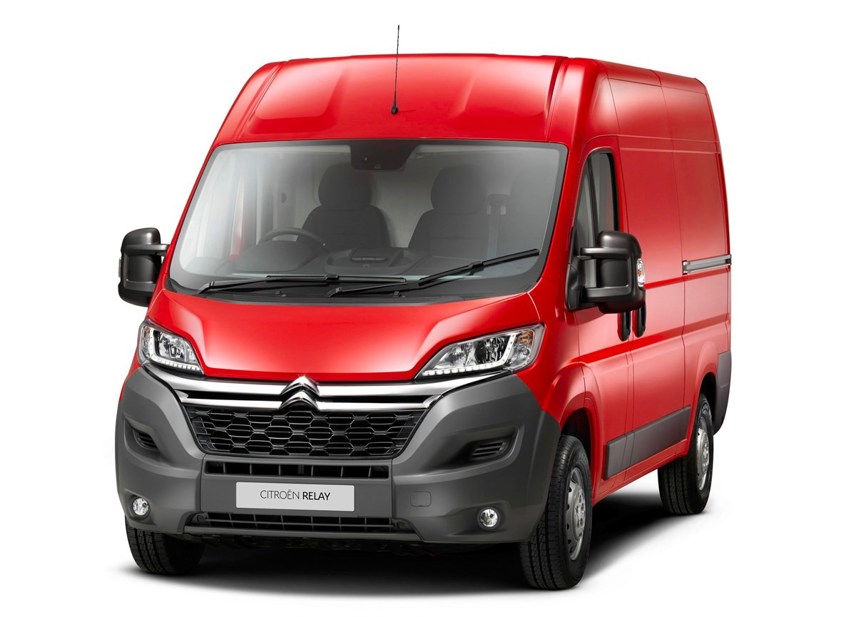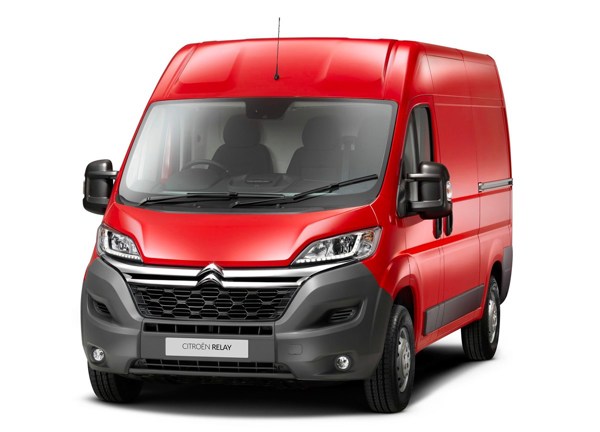Review
Joint projects dominate the van industry as manufacturers try to share development costs in a market where products have always been price sensitive.
One of the longest standing is the joint venture between PSA Peugeot Citroën and Fiat Group that produced the Peugeot Boxer, Citroën Relay and Fiat Ducato.
Fiat is the lead partner in this project and builds the van for Peugeot and Citroën. As all three use a common design, it can be difficult to differentiate between them.
The PSA vans use a different engine from the Fiat vans, but apart from the different badges and a few minor design details there is little to distinguish them.
But outward appearances can be deceptive as Citroën has a standard telematics system in the Relay.
The Teletrac telematics platform is fitted as standard on all Relay panel vans and includes Smartnav intelligent satellite navigation and Trackstar stolen vehicle tracking.
The Trafficmaster telematics platform also allows Relay operators to specify Fleet Director, a real-time fleet management system.
So for any companies that are considering whether to introduce telematics on their vans and are worried about the cost versus the benefit, Citroën has made the decision a little easier.
The system can provide efficient vehicle routing, avoiding traffic delays, the security of stolen vehicle tracking in the event of vehicle theft and reduced stress levels for the driver as the van takes away some of the hard work.
Although the Relay is merely a revised version of its predecessor, there are many significant changes, particularly in terms of equipment, comfort and fuel efficiency.
We tried the new Airdream version of the 130hp 2.2 e-HDi engine, which features stop-start. It gives those who upgrade to this variant (there is a 2.2 HDi without stop-start) better fuel efficiency than the entry-level 110hp van. Available only as an L1 H1 body with a 3.0t gross vehicle weight, the Airdream has fuel consumption of 42.8mpg on the combined cycle compared with 41.5mpg for other L1 H1 versions.
While all new Relay models have electronic stability control, a full steel bulkhead, DAB radio and Bluetooth over the previous version, Enterprise variants add cruise control with a speed limiter, perimetric alarm and a five-inch colour touch screen.
Significant options include a lane departure warning system (standard on heavy versions), reversing camera, an enhanced traction system that includes hill descent control, and air suspension.
The 130hp Relay has 236lb-ft of torque at 2,000rpm and is likely to cope with heavy loads well enough, although our test van was empty. Despite that, the ride was surprisingly smooth without any weight over the rear axle, and the Relay offers good cabin comfort and decent refinement.
Service intervals are two years/30,000 miles, and the front bumper section is in three pieces, which helps reduce costs if part of it needs replacing after a low speed crash.
But factor in the free telematics system, and fleets might be saving money as soon as they choose the Relay.





 Diesel
Diesel












